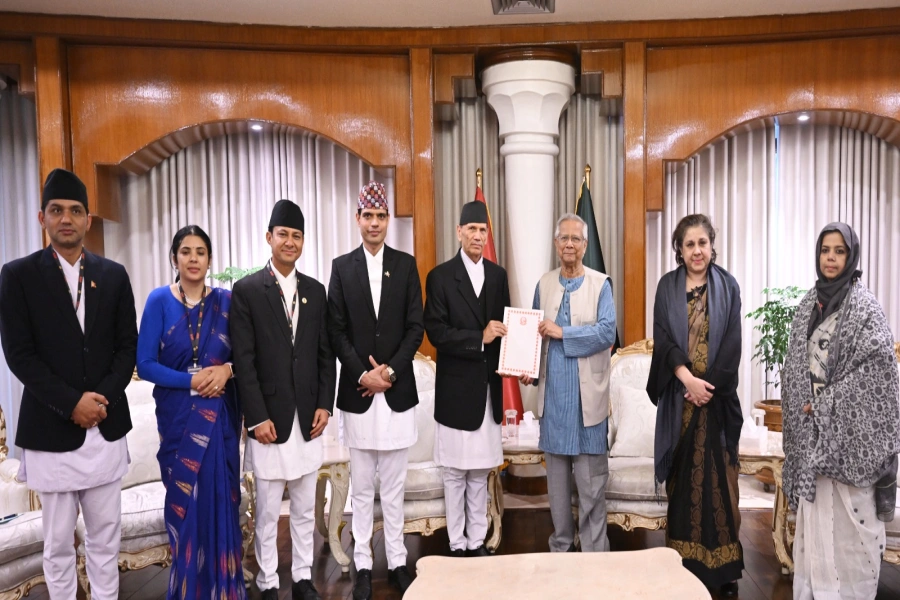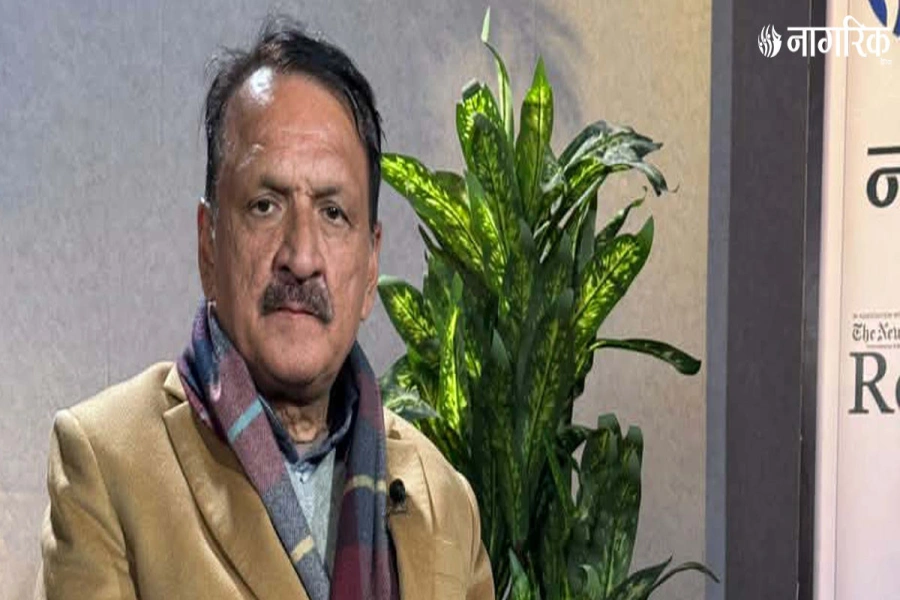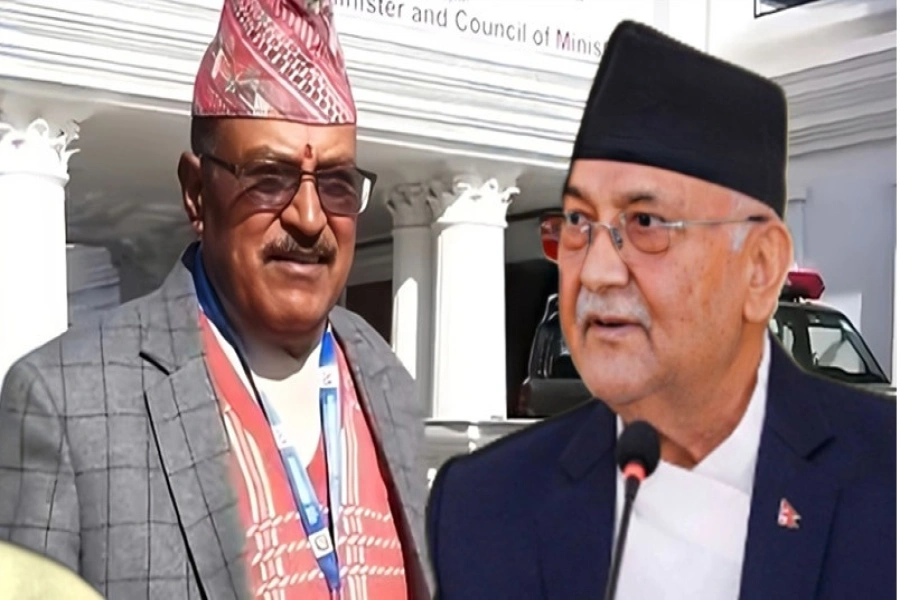Pilates is safe enough to do every day but you should start aiming for consistency once the groove kicks in. Here, Tina Gurung of Core Fitness Studio in Sanepa guides you through the basics.
Pilates has recently gained popularity among fitness enthusiasts around the world especially in Canada, United States and United Kingdom. Joseph Pilates originally designed the program for rehabilitation during the World War I. The main focus of the program was stretching, strengthening, body alignment, and core strengthening.
The same principle is applied even today, although the program has taken various forms from performing on the “reformer” or on a mat for core strengthening. This is a form of exercise which emphasizes balanced development of the body through core strength, flexibility, and awareness in order to support efficient, and graceful movement.
What are some of the benefits of Pilates?
As the five basic principles of Pilates explains: concentration, centering, control, precision and flow. My mind and body is more aware of my physical being.
There are many exercises prone to injury but Pilates is programmed for improving muscle elasticity and joint mobility, hence the body is less likely to be injured. By emphasizing on proper breathing, correct spinal and pelvic alignment, and concentration on smooth, flowing movement, you learn how to better control the movements of your body.
Are Pilates and yoga similar?
Yoga focuses on flexibility and broad muscle groups. It offers balance, endurance, strength, spirituality, and good physical movement. While in Pilates, we focus on strength, flexibility, body control, and muscle toning, with the main emphasis being core strength. So, yoga and Pilates are two totally different forms of exercises with little correlation to each other. Pilates has the flexibility, freedom, and challenge of yoga, as well as attention to detail and abs work.
What is a typical beginner’s Pilates exercise like?
The first exercise you do is “the hundreds” which consists of 10 breaths of 10 counts to equal 100. You lie on the floor, lift your legs up to about a 45 degree angle, or wherever you can hold them, and keep your back flat. While holding your legs in the air you engage the abdominals and lift your head and shoulders off the mat so you are in a scoop. Then you pump your arms by your side, almost as if you were slapping on water, pumping them up and down. This works as a good internal and external workout and betters your circulation as well.
What kind of equipment does one need for Pilates?
Many of the exercises can be done on a mat; but for the full effect, exercises should incorporate specially designed resistance equipment. Your success in Pilates depends solely on the control that you have over your body and your ability to perform movements smoothly and fluidly. However, there are many other helping equipment that can be used in Pilates like Pilates machine, table, ring, ball, bolster, etc.
Get fit

How often should we do Pilates?
For best results, many experts recommend three one-hour classes per week. Pilates two to three times a week also makes it possible to start seeing results pretty quickly. Pilates is safe enough to do every day but you should start aiming for consistency once the groove kicks in.
The six principles of Pilates
Concentration is the most important principle in Pilates. You must be able to be present mentally as well as physically during Pilates. Being aware of your body is very important.
Control should be kept in check so that it can be made sure that every moment of the body is done with precision and balance.
Centering is important so that the body is used evenly and there is no strain on any part.
Fluidity helps you transition from one exercise to the next smoothly so that every movement looks planned and smooth.
Precision should be kept in perfect synchronization with the moves so that the Joseph Pilates perfect planning and core strengthening exercise is taken advantage of with utter efficiency.
Breath is very important in Pilates exercises. Deep, steady breaths will help you maintain concentration and precision too.




































